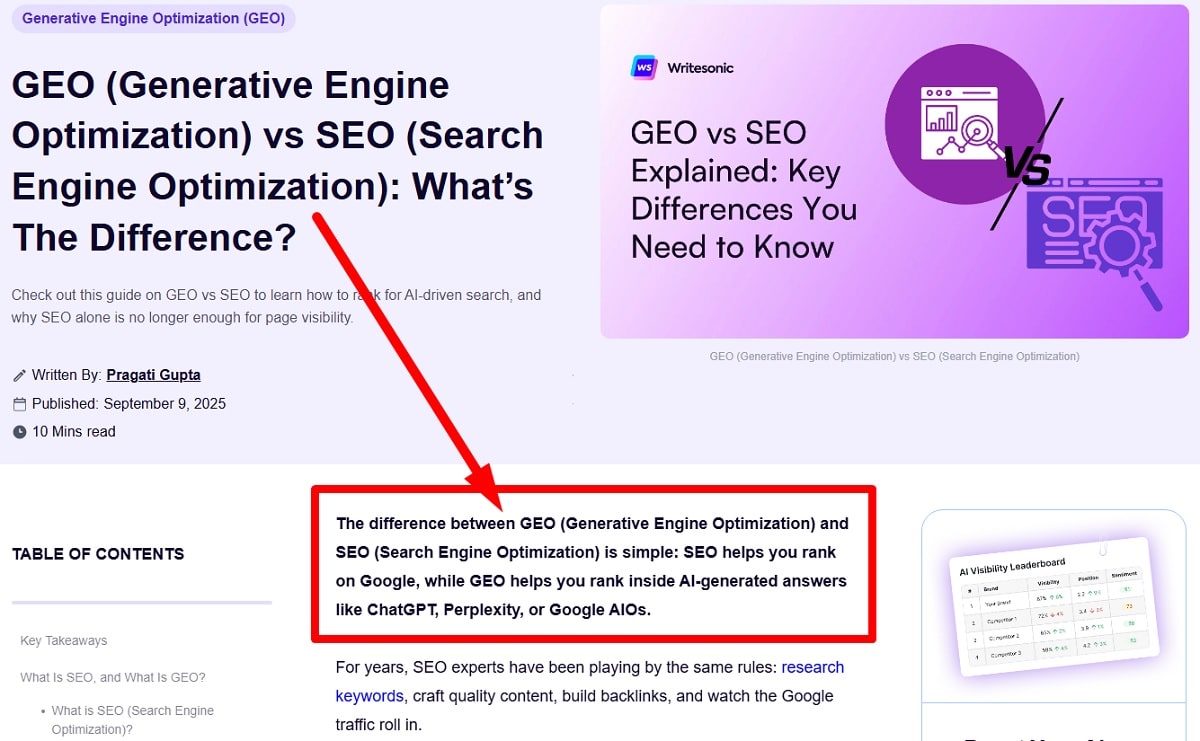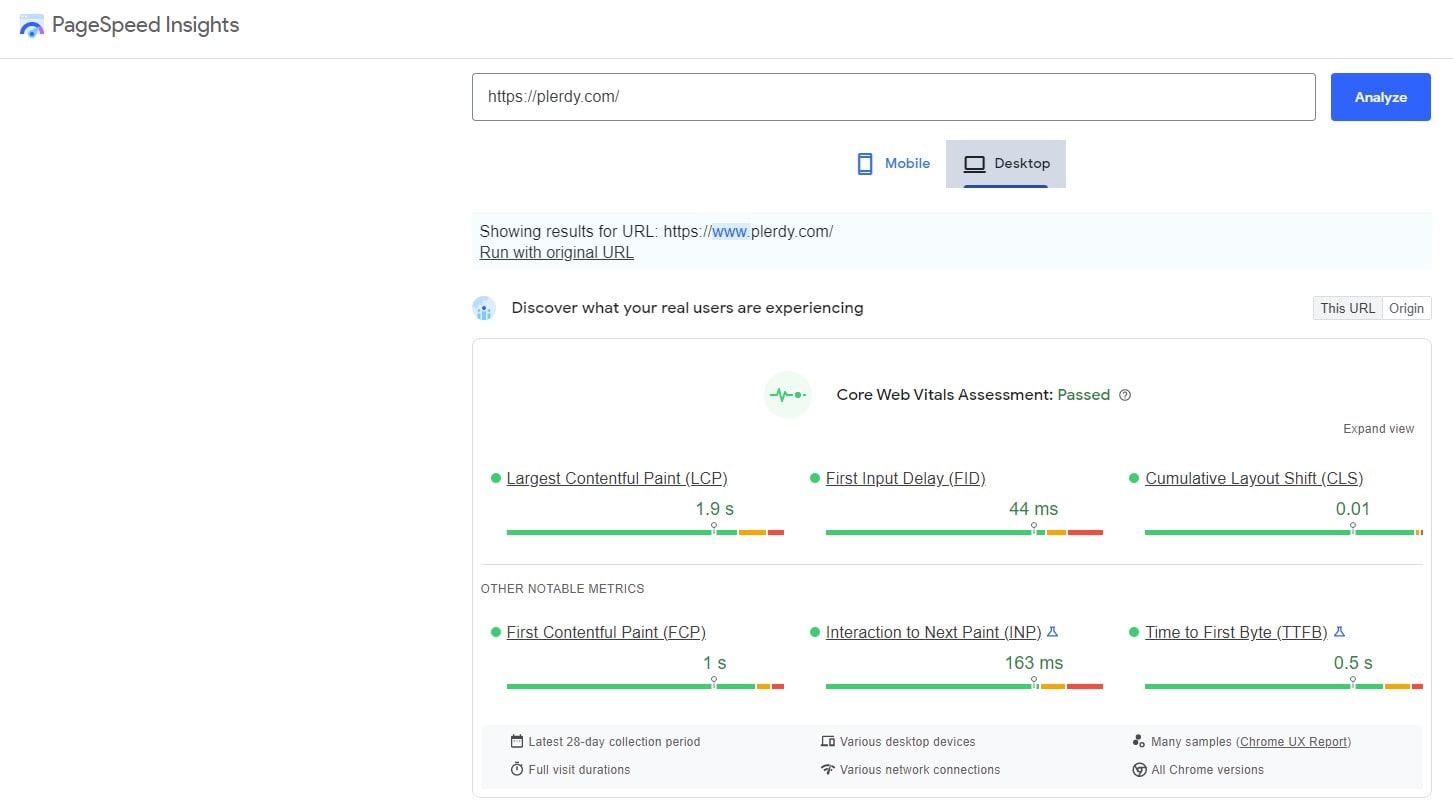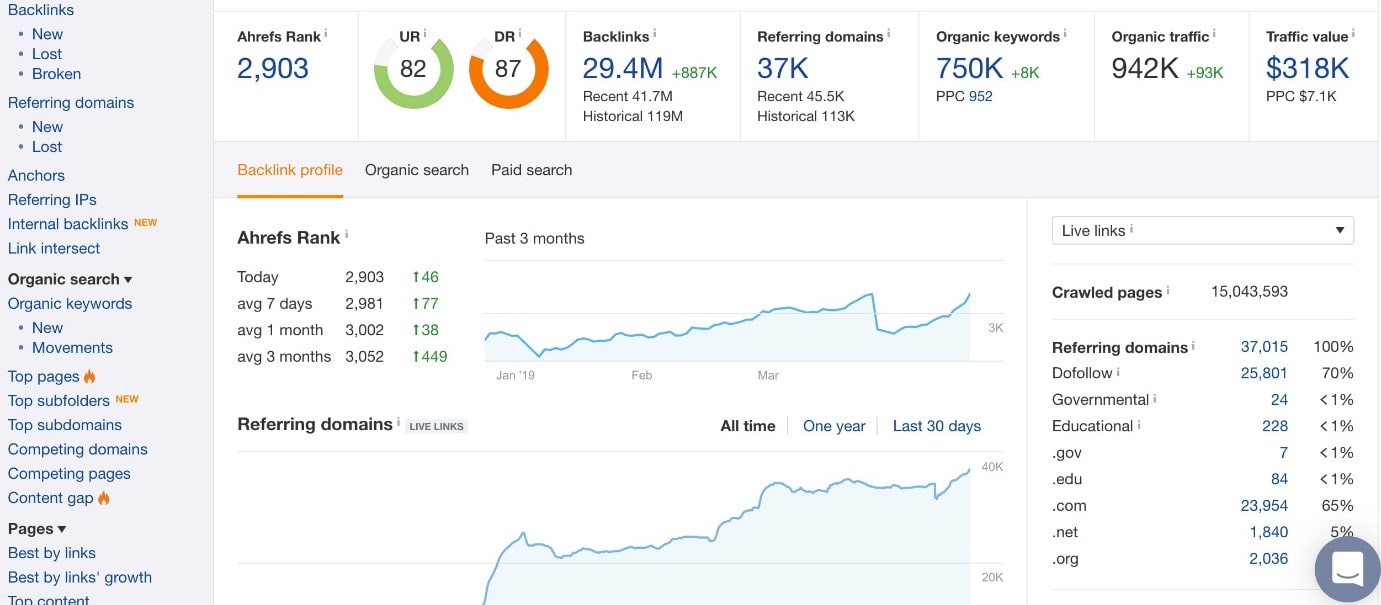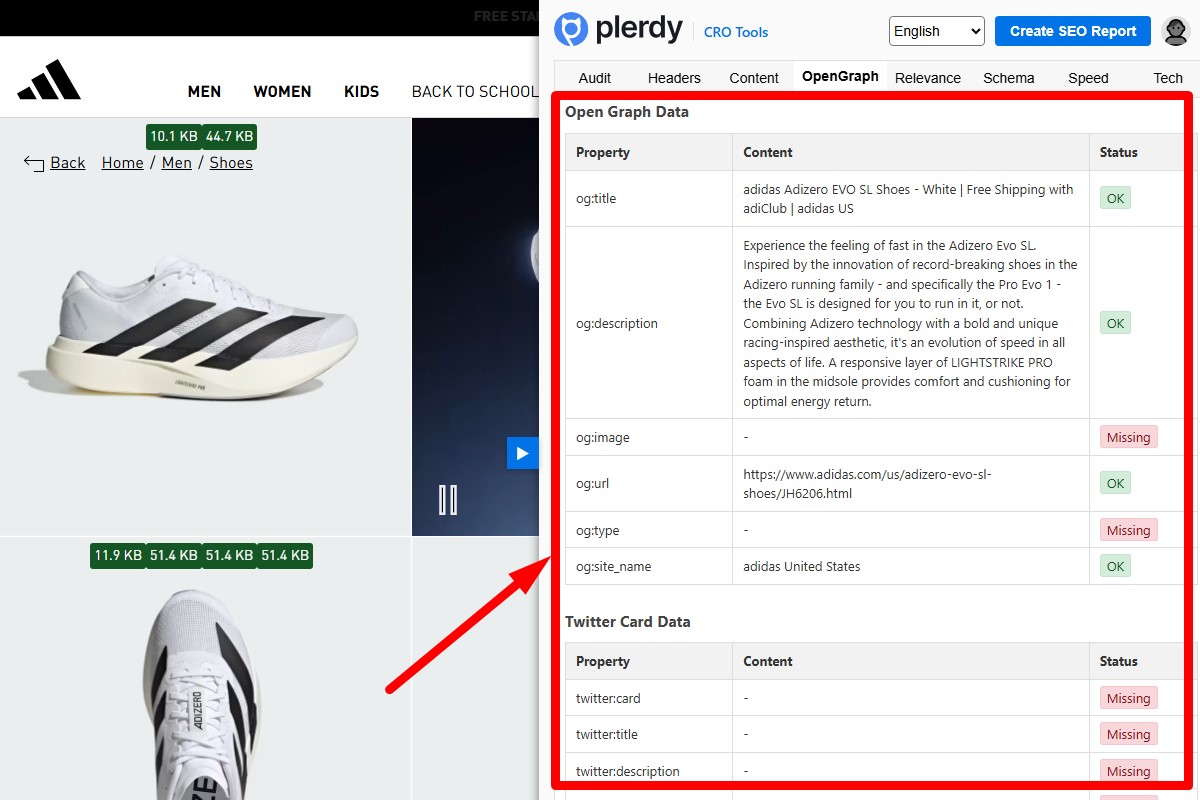You feel it, right? One big update drops and your SEO goes weird. In 2024–2025, helpful content moved into google core, more update waves hit, and AI answers sit on top. So your content must be extra helpful, fast, and clean. We’ll keep SEO simple: write what helps, measure what matters, dodge penalties, and still show up in AI results and normal google search. Quick tools I use:
- Semrush for gaps
- Ahrefs for links
- Plerdy SEO Analyzer before publish
Short plan, real checks, fewer tears.
What the March 2024 Core Update changed (and why thin, scaled content is risky)
You saw the wave, right? One big update and google pushed “helpful” harder than ever. The update folded helpful signals into core systems and boosted new spam rules. That means your SEO plan must cut thin content, fix intent, and prove value. Google said this push should reduce low-quality content by about 40% — huge, and very real for SEO traffic. Use tools to police your content before publish: Ahrefs, Semrush, and Plerdy SEO Analyzer.
Scaled content abuse — what it is and how not to get burned
When tons of content appears “for rankings only,” google flags it. Human or AI doesn’t matter; helpful is the bar. If an update hits and your SEO falls, chances are this pattern is involved. Do small batches, add depth, and show sources so the content helps real users.
- Add a 3–5 step solution section.
- Provide sources, data points, and a short FAQ.
- Show outcomes (tables, numbers, before/after metrics).
- Run a pre-publish check with Plerdy SEO Analyzer or Semrush.
Site reputation abuse — policy and quick moderation checklist
Trusted sites posting third-party content to ride authority? That’s the trap. Google announced this with the March 2024 update and began manual actions in early May 2024. Your SEO won’t survive if “helpful” is missing and pages exist just to capture queries. Moderate guest posts hard, keep topic fit, and keep oversight clear.
- Allow third-party posts only when they match audience intent.
- Add editorial oversight and transparent labeling.
- No “rent-a-subfolder” deals that ship unhelpful content.
- Audit monthly: remove or fix borderline content fast.
AI Content Without Penalties: How to Keep it Truly Helpful

You can use AI, no stress. The trick is simple: your content must be helpful, verified, and not spam. When an update hits, google checks if the content solves a problem or just fills space for SEO. If you keep intent clear and value high, you’re safe. If you mass-produce fluff, you’re not. I treat AI as draft power, then I polish for people and SEO results — short proof, clear steps, clean format. That’s how you pass the update smell test inside google and still grow.
Google’s policy on AI content (quick and human)
AI content is fine; junk content is not. The rule is: be helpful first, SEO second. Do human review, add sources, refresh dates — then your content looks solid when a new update rolls. If google sees useful structure and real effort, it rewards; if it sees scaled filler, it won’t.
- Expert review before publish.
- Cite sources or data you used.
- Add an updated date and change log.
Structure for AI Overviews (to boost your odds)
Give google easy chunks to quote. Add a tiny summary on top, steps, FAQ, and entities with clear names. This improves how the content appears in SEO and helps the AI box pull you in. AI Overviews started wide rollout in 2024 and now touch huge traffic, so format matters.
- One-paragraph summary with the answer.
- 3–5 steps to act.
- Short FAQ with exact terms.
- Clear author bio + role.
Pre-publish tools (quick sweep)
- Plerdy SEO Analyzer — on-page scan before the update bites.
- Semrush — content gaps and SERP features.
- Ahrefs — internal anchors, SEO health, trend lines.
Tip: aim for 100% clarity on intent; reduce empty content by 20–30%; keep one FAQ per key URL. That combo survives the next update and stays helpful in google’s world of AI + SEO.
Core Web Vitals 2025: INP Replaces FID — What to Fix Now

What INP is and the real deadline
Since March 12, 2024, FID is gone and INP runs the show. INP tracks the slowest real interaction, so if your content hesitates, users bounce and google notices. After each update, I ask: does this feel helpful in motion, or only in theory? Keep INP ≤200 ms at the 75th percentile. Treat every tap as a micro-promise: fast feedback, fewer blockers, and SEO that doesn’t panic next month.
Five quick INP fixes (do these first)
- Break long JS tasks; tiny chunks keep the main thread free and helpful.
- Kill render-blocking JS/CSS; defer or split so content shows and stays responsive for SEO.
- Prioritize interactive controls — menus, filters, inputs — before visuals; google loves that update mindset.
- Drop unused listeners; push heavy work to workers so content reacts fast and remains helpful.
- Audit third-party scripts; keep only the ones that help SEO goals, not vanity.
How to measure it (field first, lab second)
Start with real users: GSC Core Web Vitals and CrUX in PageSpeed Insights. Then debug in Lighthouse. Aim for the 75th percentile good threshold; if 25% of sessions break it, repeat the update cycle. Keep content helpful, keep google calm, keep SEO steady.
Link Building in 2025: Still Useful, But not “Top-3”

What Google folks actually said
You don’t win SEO today with “more links, more links.” Multiple google voices said links are not a top-3 factor anymore. So your update strategy should push helpful intent first: tight topic match, strong page quality, proof, and clean UX. That’s how your content survives the next update and still shows up. Build trust with author bios, sources, and real experience; then any new link just confirms what google already sees.
What to do instead of pure link hunting
Make content so helpful that links happen as a side effect. Create assets people want to quote, test, or embed. Use tools and small PR plays to nudge reach, not to fake it.
- Publish one data study per quarter (Ahrefs export + Semrush SERP + GSC trends).
- Ship a tiny interactive tool or checklist; mention Plerdy SEO Analyzer in methods.
- Guest pieces with real value, not fluff; one core insight per post.
- Pitch journalists with fresh numbers (HARO/Help a B2B Writer/Muck Rack).
Short recap: content first, update hygiene always, google rewards helpful pages. Your SEO grows when users stay and share; links follow.
Practical 7-Step Monthly Plan

You want action, not theory. Here’s a tight plan that turns content chaos into content wins. Each update is small, fast, and measurable. We target Google systems, the helpful rules, and real SEO signals. Week by week, you clean structure, boost trust, and ship edits that actually move the needle. If Google rewards freshness, we give it. If helpful guidance asks for sources and purpose, we add them. Your SEO goal is simple: prove value in plain words, then prove speed. Keep every update documented. Track CTR and INP. When content gets strong and SEO stays clean, visibility grows. Not magic—just patient bricks. And yes, one coffee per step is allowed.
Work calendar
- Days 1–3 — Audit thin/scaled content; remove dead pages; merge duplicates (target −20% bloat). Use Semrush or Ahrefs; Google Crawl Stats for hints.
- Days 4–6 — Add summary blocks, FAQ, tables. Make it helpful: purpose, author, sources. Quick SEO wins through clean headings.
- Days 7–10 — Check INP on key templates; fix long tasks; aim INP < 200 ms in PageSpeed Insights. Ship a speed update; Google cares.
- Days 11–14 — Refresh author bios, dates, and E-E-A-T signals. Practical content update beats fluff.
- Days 15–18 — Build a hub: one pillar, 5–7 spokes, consistent entities. Strong SEO interlink; helpful navigation.
- Days 19–22 — Light Digital PR around one small study (methodology + % result). Submit to niche media; Google can find it.
- Days 23–26 — Review third-party placements for reputation abuse; fix anchors and claims.
- Days 27–30 — Final pass in Plerdy SEO Analyzer (SEO Report), Google Search Console, and PSI. Log every update. Ship the next month’s content plan with clear SEO targets.
Conclusion
In 2025 the pages that win are fast, clear, honest. Your content answers intent in seconds, your content shows author and date, and your content passes INP without drama. Do a small update, then another update—quality beats scale. google rewards helpful structure and google punishes noise. Use helpful sections, helpful FAQs, SEO proof. SEO is not magic; SEO is clean markup and citations.
Take action: pick 1–2 key pages, apply the checklist, run Plerdy SEO Analyzer, then compare in GSC and PSI. Without changes, insights stay theory; with the last update, traffic moves.
